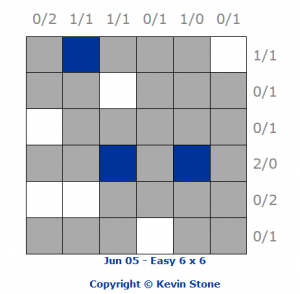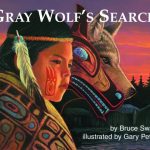We have our class meeting online today. Activities this week have had us getting some practice finding and plotting ordered pairs on the coordinate plane. We’ll try more today by playing a version of Battleship together online where I’ll try taking on the whole class! I’ve prepared a Word document with a grid you can either print out and keep beside you or keep open on your screen in a separate window to keep track of where you’ve placed your ships and hits/misses. We’ll review placing coordinates and discuss how the game will work once our meeting starts, but players can begin planning the layout of ships on their battlefields. I plan to draw rectangles on my grid to show my ship placements. I’ll show and example below before we begin (but not EXACTLY my ship placements; you don’t expect me to give up all my secrets away, do you‽).
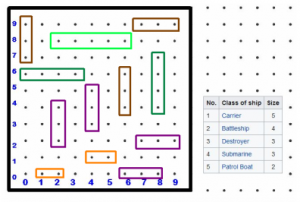 You can see that I have place my carrier so that it covers (2,8), (3,8), (4,8), (5,8) & (6,8). If my opponent calls any of those coordinates, my carrier will be hit, and if they eventually call each and every one of those five coordinates, my carrier will be sunk! Be sure to be careful about the difference between the x and y axes. You might want to do a little review & practice here or with one of the other recommended activities. See you soon, and good luck!
You can see that I have place my carrier so that it covers (2,8), (3,8), (4,8), (5,8) & (6,8). If my opponent calls any of those coordinates, my carrier will be hit, and if they eventually call each and every one of those five coordinates, my carrier will be sunk! Be sure to be careful about the difference between the x and y axes. You might want to do a little review & practice here or with one of the other recommended activities. See you soon, and good luck!
We had a good turnout for our Battleship game using Cartesian coordinates. Playing over a live online meting with a mix of pencil & paper as well as digital documents and with different players taking shots (at me!) in turns made the game play a little time-consuming. In the end though, many student ships were hit; a few were sunk, and I was left with only a handful of ships still afloat.
I was glad to see people make the switch from the letters & numbers of the original pencil & paper game to using ordered pairs with relative ease. I breathed a sigh of relief a few times when a student would choose to explore a new area, allowing one of my damaged ships to survive. Others were less forgiving and made sure to find every available target once a hit had been made.
When we have more time to debrief, I’ll be interested to find out what students found tricky about playing this version and especially, how they thought through their strategies for ship placement and choosing targets. (Why wait? GO ahead and leave me your thoughts in the comments!)
For a little entertaining review of plotting Cartesian coordinates, here is a video and a rap on the topic from math teacher John Silva (Mathodman).


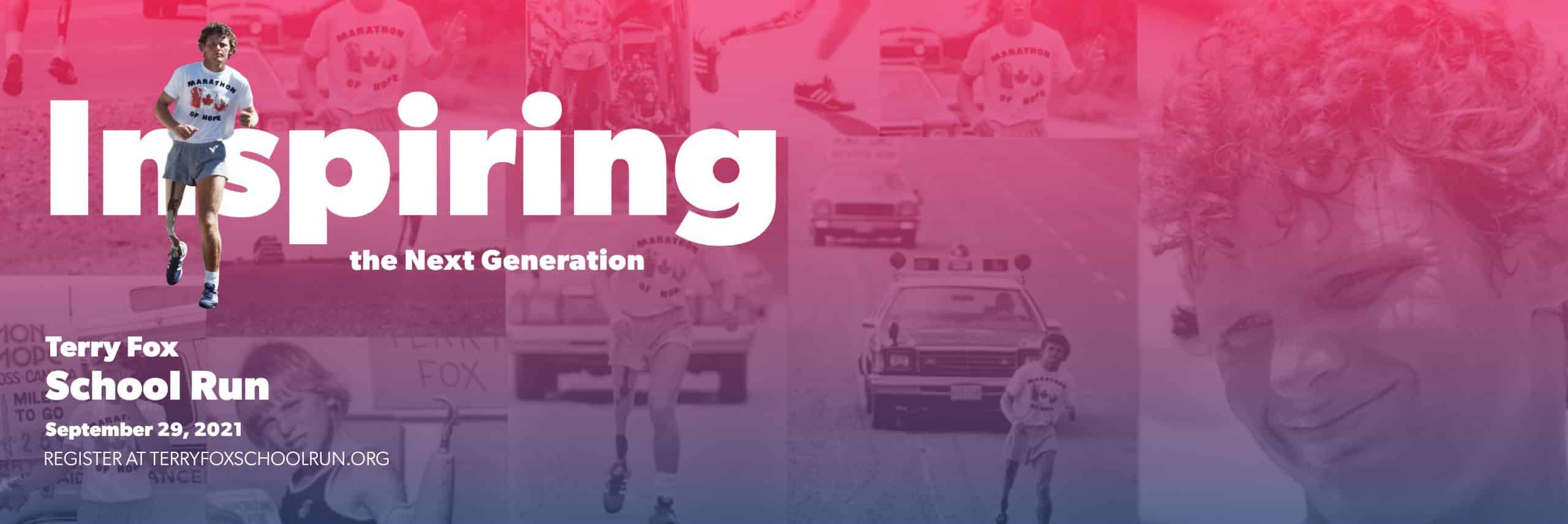

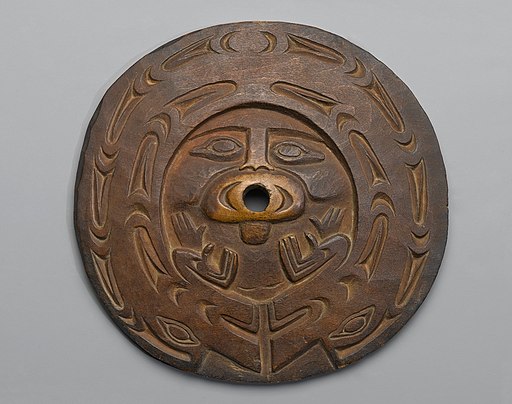
 You can see that I have place my carrier so that it covers (2,8), (3,8), (4,8), (5,8) & (6,8). If my opponent calls any of those coordinates, my carrier will be hit, and if they eventually call each and every one of those five coordinates, my carrier will be sunk! Be sure to be careful about the difference between the x and y axes. You might want to do a little
You can see that I have place my carrier so that it covers (2,8), (3,8), (4,8), (5,8) & (6,8). If my opponent calls any of those coordinates, my carrier will be hit, and if they eventually call each and every one of those five coordinates, my carrier will be sunk! Be sure to be careful about the difference between the x and y axes. You might want to do a little 